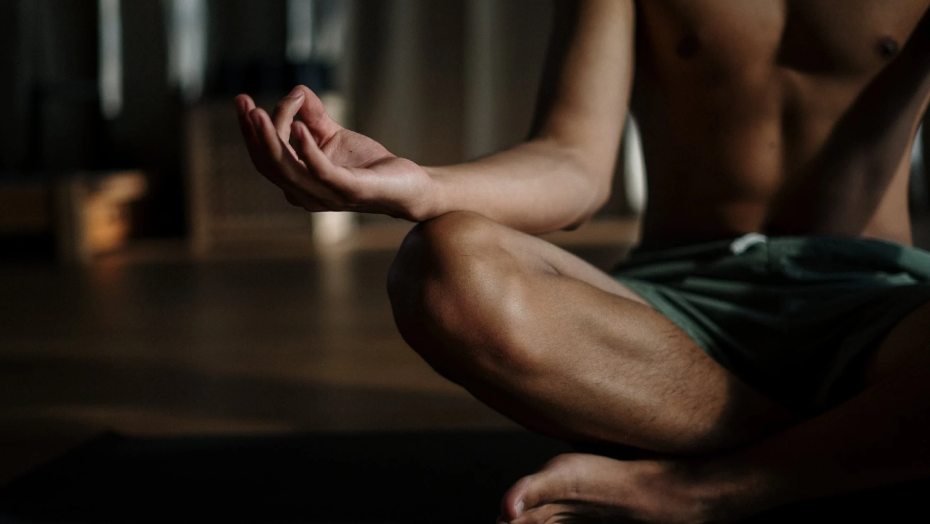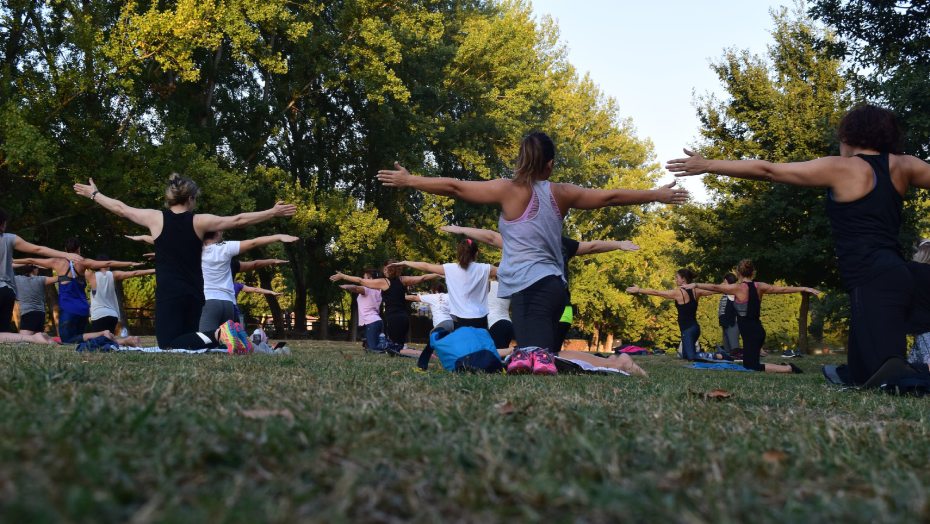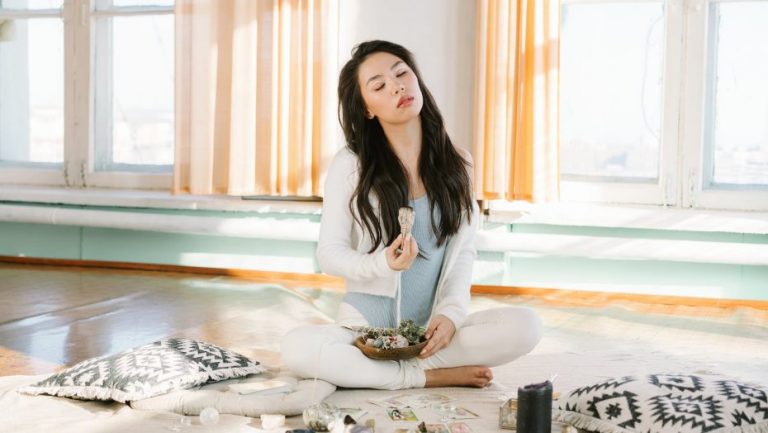Retreats have become increasingly popular in recent years. The word ‘retreat’ means to separate oneself from society and to be alone with oneself. Silence retreats have become especially popular. It is an opportunity to live in a spiritual world rather than a material one. To organise your thoughts, to listen to yourself, to let yourself feel new things.
However, all retreats are not the same. There are meditation retreats, yoga retreats, mental health retreats, even weight loss retreats. Most often they take place somewhere away from the hustle and bustle of the outside world – in the countryside, in nature. One of the most popular retreats is the silence retreat.
We have written an article on The most popular types of retreats. In this article learn more about what is a silence retreat and what are its most important parts.
Silence can be healing

Does something as simple as silence really have magical powers? Research shows that silence can stimulate the formation of new brain cells. Noise, on the other hand, has a negative impact on health. People who work in noisy environments may be at increased risk of high blood pressure and heart attacks.
When there is noise around, it is harder to concentrate, all attention is focused on the environment and less on our inner world. Those who spend their days in noisy environments will attest to how soothing and pleasant it is to spend the end of the day in peace and quiet.
Silence affects not only physical but also mental health. It relaxes both body and mind, improves memory and relieves tension. In 2005, a study found that two minutes of silence was more effective against tension than special relaxing music. It is also easier to collect thoughts, set goals and reflect in silence.
Somewhat paradoxically, silence can also improve communication skills and help build stronger relationships. So the benefits of silence are plenty. It is no wonder that silent retreats have been created.
Meditation plays an important role

A retreat does not simply consist of silence and doing nothing. Meditation is at the heart of many such retreats. This ancient practice, which has been practised by humans since 1500 BC, seems to have flourished again. Meditation has been important in various religions.
Meditation can take different forms
In the distinctly Eastern world, Vedic or Hindu meditation, Buddhist meditation, Tao meditation. Quite naturally, many, many retreats also have this practice. Meditation calms, improves well-being and self-esteem. For some people it means getting closer to themselves, and for others it even means getting closer to God.
People do not talk during meditation. However, meditation is not just about sitting in the lotus position. It can also be an activity, such as walking. Often different forms of meditation are combined. It is not uncommon for retreats to take six, seven or more hours a day. But why is silence so important? Does silence really have power?
Silence in meditation
It could be said that for many, life is full of noise. It can be both external and internal. The hustle and bustle of the city, the hustle and bustle of work, the constant conversations with other people. Internally, this noise can take the form of thoughts, some of which affect the quality of our lives.
It may be self-consciousness about things – things that have not been done, things that have not been realised etc. By being silent and distracted from the everyday, we finally have the opportunity to shelve these thoughts. It is a calming, almost purifying process. Inner peace is something we all strive for at the end of the day.
And the effectiveness of meditation is backed by science. Experts have carried out studies and analysed the effects of meditation on people. It has been shown that meditation relaxes the muscles, makes breathing slower and more efficient, increases the activity of the central and frontal slow electrical waves and brings about other changes in the body.
What does a typical silence retreat look like?

Although on the surface it might seem that retreats are all about relaxation, in reality most retreats follow a fairly strict daily routine.
Early morning
Many silence retreats require an early start – around 6 or 7am. Then, before breakfast, participants indulge in the first meditation or yoga session of the day. The duration of the retreats varies, there are silence retreats lasting a few days or a few weeks.
Yoga and meditation
Most often, two activities – yoga and meditation – take up the majority of the time on the silence retreat agenda. In between meals, yoga and meditation sessions, there is also time for physical activity. This can be a walk in nature, climbing mountains, swimming.
Physical activities are most often tailored to the location of the retreat. The surrounding environment, be it a forest, mountains or lake, is used.
Free time to yourself
Although quite intensive work on oneself is done, most retreats also include free time. This can be spent at your own discretion – for example, reading books. Of course, there are also retreats that do not include much free time.
In these types of retreats, most of the day is spent practising various meditation and yoga techniques. Find out more about retreats in category All about retreats.
One thing is clear: a silent retreat is a good way to get away from the rush and stress of everyday life for several days or even weeks. Anyone can benefit from the peace and relaxed contemplation.
Check out our other articles on health such as Tasty and healthy water recipes.
